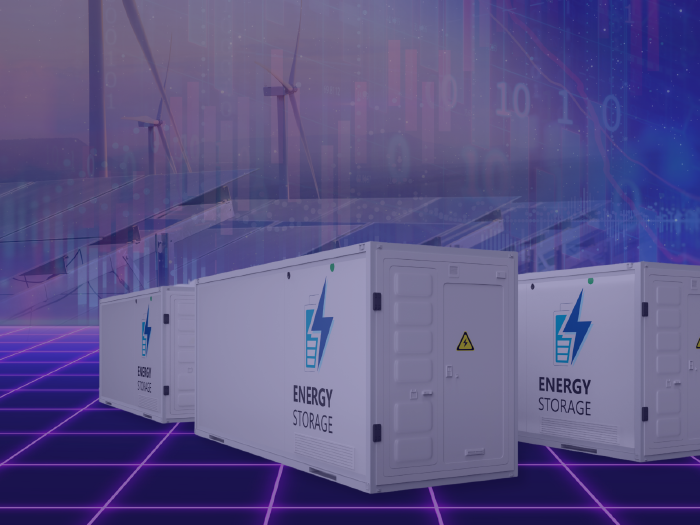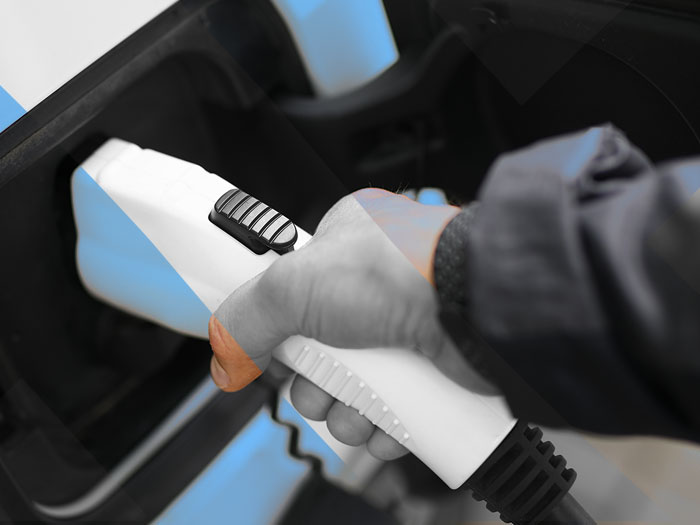News
better business decisions
Posted 8 months ago | 3 minute read
Texas and Ireland examine measures to respond to data centres growth says GridBeyond’s report
Texas and Ireland examine measures to respond to data centres growth says GridBeyond’s report
The rapid expansion of data centres has significantly increased electricity demand, prompting grid operators and regulators to consider how to ensure the reliable and sustainable integration of these large loads. Texas and Ireland’s have recognised the challenge and have implemented regulatory measures to address these issues says GridBeyond’s Data Centres Connections: ERCOT and Ireland latest report.
Global electricity demand rose by 4.3% in 2024 and is forecast to continue to grow at close to 4% out to 2027. Over the next three years, global electricity consumption is forecast to rise by an unprecedented 3,500TWh. This corresponds to adding more than the equivalent of a Japan to the world’s electricity consumption each year. Data centres in Ireland alone are estimated to have consumed 6.3TWh in 2023, according to the Central Statistics Office, an increase of 20% over 2022. Accordingly, data centres accounted for about 20% of total electricity consumption in 2023.
This presents new challenges for the power sector as utilities navigate an already complex energy transition while managing an aging grid and for large energy users seeking timely interconnection to the grid.
Ireland’s Commission for Regulation of Utilities (CRU) has proposed to data centres connecting to the electricity network to provide dispatchable (i.e. available when it is needed by the system) generation or storage onsite or nearby, which will participate in the electricity market. While the Electric Reliability Council of Texas (ERCOT) with the introduction of Senate Bill 6 (SB6), looks at establishing minimum rates ensuring that all retail customers within ERCOT, including those utilising behind-the-meter services, contribute to retail transmission charges.
GridBeyond’s latest white paper examines the actions being examined by the CRU and ERCOT, but notes that,
with the right energy strategy and control technologies, data centres are perfectly positioned to support the transition to a carbon-free economy.
Standby generators, UPS and on-site batteries can provide significant volumes of energy flexibility to the grid, without any negative impact on operations. Combined with green energy purchasing strategies, the high energy use of data centres brings an opportunity to drive forward the net zero transition says the report.
By integrating energy storage and demand response solutions with green energy purchasing strategies, data centres can play a pivotal role in advancing the net zero transition and effectively compensate for the grid import limit, ensuring that the sites remain fully powered even when the grid cannot meet the demand.
“The new regulations will force data centres to look at flexible opportunities in their energy consumptions to be able to connect to the grid and reduce charges. However, the good news is that data centres have the potential to generate their own energy and provide flexibility services to the grid. These services could be used to create a sustainable revenue stream for the business in the long term” commented Mark Davis, GridBeyond’s Chief Commercial Officer.








